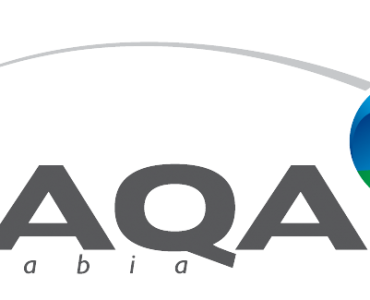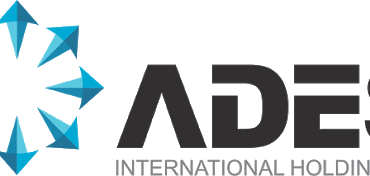Saudi Arabia remained the dominant energy investor in the Middle East and North Africa (MENA) region, with an estimated $141 billion during 2012-2016, data from the Dammam-based Arab Petroleum Investment Corporation (Apicorp), an affiliate of the 10-nation Organization of Arab Petroleum Exporting Countries, showed.
MENA’s total energy capital requirements during 2012-2016 are estimated at $525 billion, unchanged from earlier forecasts despite the current political upheaval in the region.
The study showed capital requirements remained at around $525 billion, adding that even if still 15 percent to 20 percent lower than potential, it is the highest since the onset of the downturn caused by the 2008 global financial crisis.
It showed Saudi Arabia tops the ranking with $141 billion and that investment has mostly been generated by the state-owned Saudi Aramco and SABIC as domestic private investors have continued to struggle to attract capital.
“The current macroeconomic indicators and market trends have not invalidated our September review of MENA energy investment, which is mainly project-based,” Apicorp’s senior consultant Ali Aissaoui, an Algerian, said in a new review of Arab energy investment requirements.
“Neither have the ongoing political turmoil in parts of the region and the resulting negative perceptions of the overall investment climate. In this context our review of MENA energy investment for the five-year period 2012-2016 continue to point to a sustained outlook.”
A little more than two-thirds of the energy capital investment potential continues to be located in the same five countries, namely Saudi Arabia, UAE, Iran, Qatar and Algeria, none of which has faced the sort of upheaval witnessed in the countries aforementioned.
However, investment in Qatar has been on a sharp downtrend. With the moratorium on further development of the North Field, the world’s largest gas reservoir, still in place, energy capital requirements have plummeted to $41 billion.
The same low amount is found in Algeria where investment recovery seems to be slower than progress in repairing broken governance within Sonatrach.
“It is worth highlighting the peculiar circumstances of Kuwait and Iraq, where energy investment has remained chronically below potential.”
The report said in Kuwait the problem seems to be one of policy issues. As a result, major components of the upstream program and key downstream projects such as the giant Al-Zour refinery are still to be decided.
In Iraq, there seems to be no major disagreement about the vital need to achieve the full development of the oil and gas sectors, it said. The report noted that for the commitment to be credible, the federal government needs to pass a long-awaited package of hydrocarbon legislation and provide durable solutions to recurring security threats and logistic complications.
“With stalled global recovery and ongoing regional political turmoil, MENA region continue to face the challenges of uncertain times. However, while lingering uncertainty hampers forecast, it does not significantly affect our assessment of energy investment for the 2012-2016 period, which points to a sustained outlook,” Aissaoui said.
“Driven by the oil downstream and the power sector the anticipated level of capital requirements of $525 billion, even if still lower than potential investment, is the highest since the onset of the downturn caused by the global financial crisis.”
Source: The Saudi Gazette & Zawya











